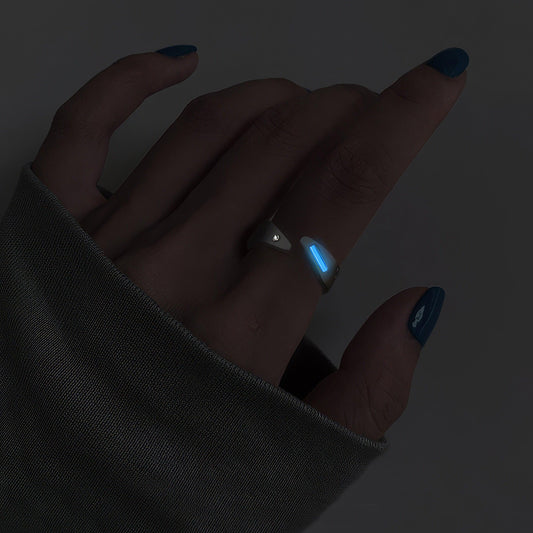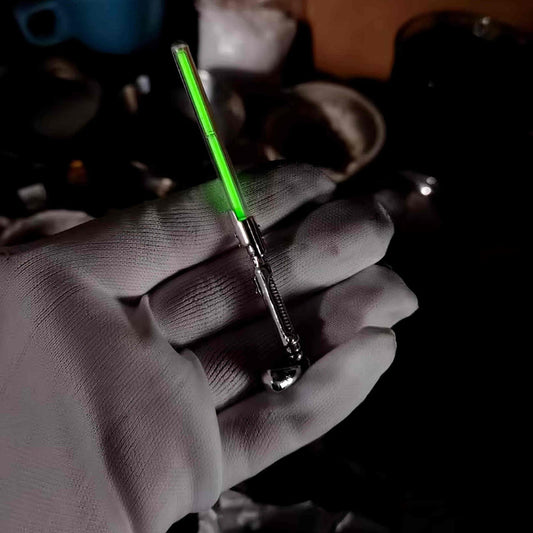Moissanate A Sparkling Gem Unearthed
Moissanate A Sparkling Gem Unearthed
It was during a late summer evening in the 1990s when my aunt, a spirited woman with a penchant for all things dazzling, introduced me to a gemstone that seemed to twinkle with an unusual brilliance. Over coffee, she handed me a small, velvet-lined box. Inside was a ring with a stone that refracted more light than any diamond I had ever seen. That stone was moissanate, and it sparked a curiosity in me about its origins and allure.
Moissanate's journey from stardust to jewelry box is as fascinating as its luminous appearance. Discovered in 1893 by French chemist Henri Moissan—after whom the gemstone is named—it was initially identified in a meteor crater in Arizona. In its natural form, moissanate is incredibly rare, which is why all the moissanate used in jewelry today is created in laboratories. This isn't a downside, though. In fact, it's a testament to human ingenuity and the drive for sustainable luxury. The controlled creation process ensures that each gemstone minimizes environmental impact while still delivering exceptional beauty.
There's a cultural shift towards ethical consumption, and moissanate fits snugly into this narrative. Unlike mined diamonds, moissanate doesn't provoke concerns about ethical sourcing or environmental degradation. This awareness has increasingly resonated with millennials and Gen Z, who often prioritize values and sustainability over tradition when making purchasing decisions. I've sensed this change during conversations with friends who are planning their engagements. "Shouldn't our love reflect our values?" one of them mused, contemplating an engagement ring. And it's this cultural consideration that makes moissanate an appealing option for many.
On the technical side, moissanate is not only visually captivating but also incredibly durable. Ranking just below diamonds on the Mohs scale of hardness, it can withstand daily wear and tear, making it ideal for rings and other adornments that require resilience against scratches and impacts. This characteristic also finds its way into one of my favorite anecdotes. A friend of mine, a rock-climbing enthusiast, always wears her moissanate ring as it emerges unscathed from her escapades up jagged cliffs. "It's just as fearless as I am," she likes to joke.
Some might argue that moissanate is merely an imitation of a diamond. But let me tell you, it commands its own identity. Its double refraction gives it a fire and brilliance that outshines even diamonds, which often leads observers to ask, with a touch of awe, "What is that stone?" That's the thing about moissanate—it’s not trying to be anything but itself. Its charm lies not in mimicry, but in its capacity to stand out, just like that evening in my aunt’s living room when I first saw its sparkle.
For those searching for a gemstone that marries ethics with elegance, moissanate offers a compelling narrative. It’s not just about the sparkle but the story behind it, a testimony of humanity’s aspiration to harmonize beauty with responsibility. Who would have thought that a cosmic discovery would lead to a revolution in the jewelry world? In a way, wearing moissanate is like wearing a piece of the stars—a silent, sparkling promise of a more conscious future.



























